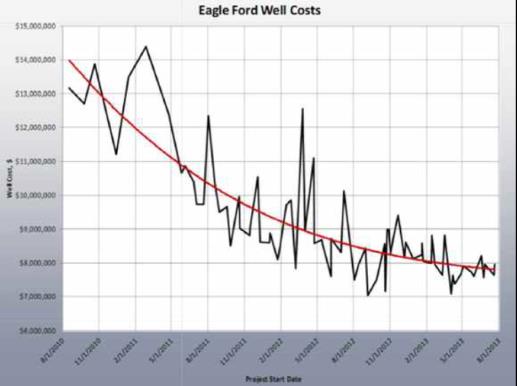One of the worries about fracking is the humongous huge amount of water it takes to frack a well. Around 4,000,000 gallons for just one well. That’s more than I could drink in a lifetime.
Let’s put that in perspective. I mentioned this before here, but let’s take another look.
The Garrison dam at the end of Lake Sakakawea provides hydroelectric power. You can get some background info here.
Bruce Oksol provides some background at his post Water For Fracking In the Bakken.
His conclusion?
Less than a day’s worth of discharge from the Garrison Dam should be enough water to frack all the wells that will be fracked in the North Dakota Bakken this year.
I’ll backstop his calculations below, which confirm his calculation.
